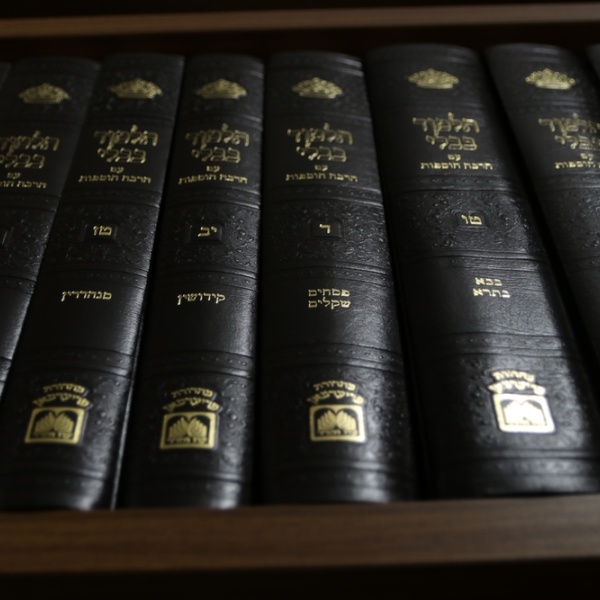
Of all the 39 Melachot, it is carrying that, by far, occupies the most pages of Talmudic discussion. In the midst of discussing this prohibition, the Talmud (Shabbat 96b) turns its focus to the Mekoshesh eitzim, gatherer of wood (see Bamidbar 15). Having been stoned for his infraction, the Talmud is interested in knowing what exactly he did wrong, with carrying being one of the possibilities raised.
This leads the Gemarah to a fascinating discussion on the identity of the mekoshesh eitzim, something left out by the Torah. Rabbi Akiva claims that it was Zelafchad. Made famous by his daughters, who acknowledged that their father had died “because of his sin”(Bamidbar 27:3), it was his death that ultimately led to the Torah’s recording of the laws of inheritance.
Rabbi Akiva’s suggestion was not based on mere speculation. By the use of the same word—bamidbar, in the desert—in referring to both the mekoshesh and Zelofchad, the Torah hints at his culpability. This technique, very common in the literary analysis of today, is known as a gezerah shava; it is one of the 13 established ways of reading between the lines of the Torah. Yet, Rabbi Akiva’s claim does not go unanswered.
“Rav Yehuda ben Beteirah said to him: Akiva, whether or not you are correct, you will have to give an accounting (for your sin). If you are correct, the Torah covers up and you reveal? And if you are incorrect, you have slandered a righteous person”. Rav Yehuda was not interested in using literary analysis to uncover what the Torah had kept hidden—possibly besmirching an innocent man in the process. Left unanswered by Rav Yehuda is, if Zelofchad was not the mekoshesh then what sin was the cause of his death? A similar exchange takes place regarding whether or not Aaron was stricken with leprosy along with Miriam in the aftermath of the latter’s criticism of Moshe (see Bamidbar 12). Rabbi Akiva, noting the use of the plural form expressing G-d’s anger at them (“bam”), assumed he was. And once again, Rav Yehuda ben Beteirah warns Akiva—referring to him, as in the previous exchange, without his rabbinic title—that regardless of whether he is right or wrong, he will have to pay the price for his sin.
The discussion concludes with the teaching of Reish Lakish that one who “accuses the innocent is stricken in his body”. While he derives this from the fact that Moshe was struck with the disease for falsely claiming that the Jewish people would not believe him, it could also be seen as a critique of Rabbi Akiva’s view. In this reading, Reish Lakish is (ironically) accusing Rabbi Akiva of false accusations. Yet, with his teaching placed on the heels of Rabbi Akiva’s teaching regarding Aaron and tzara’at, this placement might be hinting that Rabbi Akiva was right. Not only did Aaron get tzara’at, but so did Moshe! Perhaps this lack of clarity is most appropriate in this ongoing debate.
Should we reveal the sins of others, even if we have to dig deep to find them? Does doing so add much to our understanding and growth, or is it little more than gossip mongering? Our sages were not averse to ascribing particular sins to anonymous beings, even inventing sins where the Bible records none. Thus, the two Jews who are fighting in Egypt are identified as Datan and Aviram; Eisav is described as a killer despite the lack of textual evidence. It behooves us to try to understand what is motivating our sages to hide and reveal, explain or explain away.
We know little of Tzelofchad, and perhaps for this reason, Rav Yehuda was hesitant to ascribe additional sins to him. It is the daughters of Tzelofchad who are the symbol of those who love the land of Israel. Perhaps Rabbi Akiva saw beautiful (and prophetic) imagery in the fact that one who sinned would father those who helped to build the land.
